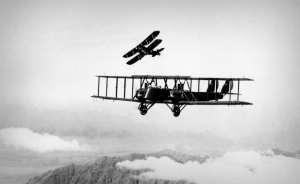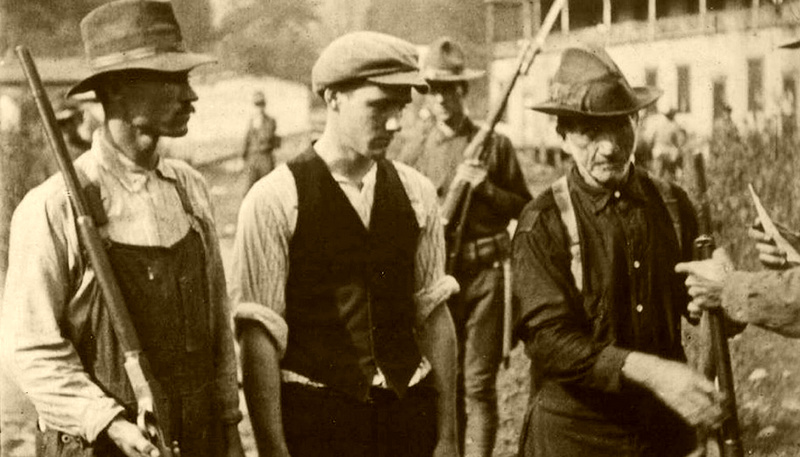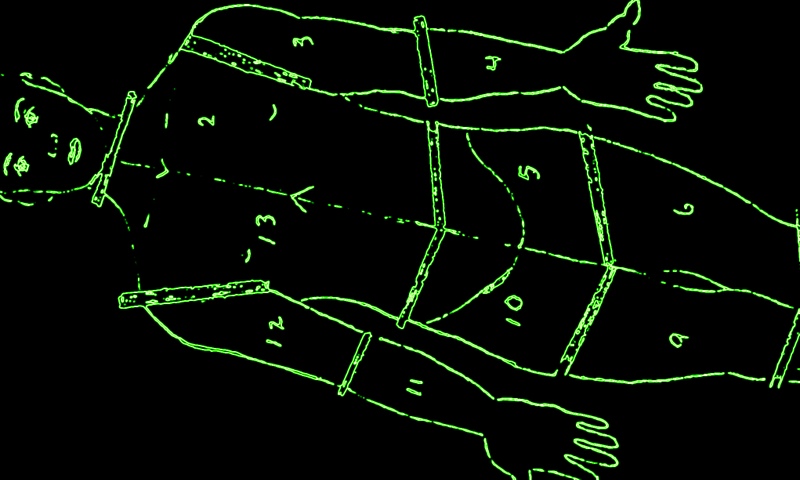A new generation is discovering the history of the West Virginia Mine Wars, says a scholar who will speak as a guest lecturer Oct. 3 at the West Virginia University Institute of Technology in Beckley, West Virginia.
Waged between 1912 and 1921, the conflict erupted as miners fought to secure better working conditions in coal mining regions in southern West Virginia, culminating in the Battle of Blair Mountain, in which more than 100 lost their lives.
"Over the years, the history of the Mine Wars has been distorted, hidden, forgotten, and rediscovered by different groups at different times," says Dr. Lou Martin, of Chatham University.
"In decades past, how people remembered the Mine Wars—or forgot about them—told us more about their politics than the actual historical events. Now, a new generation is thinking about the Mine Wars in another time of great change."
Dr. Martin is an associate professor at Chatham and author of "Smokestacks in the Hills: Rural-Industrial Workers in West Virginia" and co-editor of "Culture, Class, and Politics in Modern Appalachia."
Martin is a graduate of West Virginia University and a founder and member of the board of the West Virginia Mine Wars Museum in Matewan, West Virginia, where the war's Battle of Matewan was fought in 1920.
"The history of the Mine Wars raises a lot of questions—about labor-management relations, resistance and solidarity, the proper role of government, and why people resorted to violence—but this history doesn't offer any easy answers."
Martin will present "Guards or Thugs, Miners or Anarchists: Historical Interpretations of the West Virginia Mine Wars" at 6:30 p.m. in the university's Carter Hall auditorium on South Kanawha Street.
Founded in 2009 in honor of WVU Tech professor and historian Dr. Otis K. Rice, university's Rice Lecture Series invites experts to share their research and expertise on historical events related to the Mountain State. The lecture is free and open to the public.
Wreck of remarkable aircraft may remain in the mountains

Preservationists in central West Virginia are preparing to commemorate the site of the crash of a remarkable military aircraft sent to bomb striking miners during the infamous Battle of Blair Mountain in 1921.
The wood-winged bi-plane was coincidentally the first U.S. aircraft to drop a bomb on a battleship under the direction of Brigadier General Billy Mitchell, the father of the U.S. Air Force. Read the full story.
Sign up to receive a FREE copy of West Virginia Explorer Magazine in your email weekly. Sign me up!


